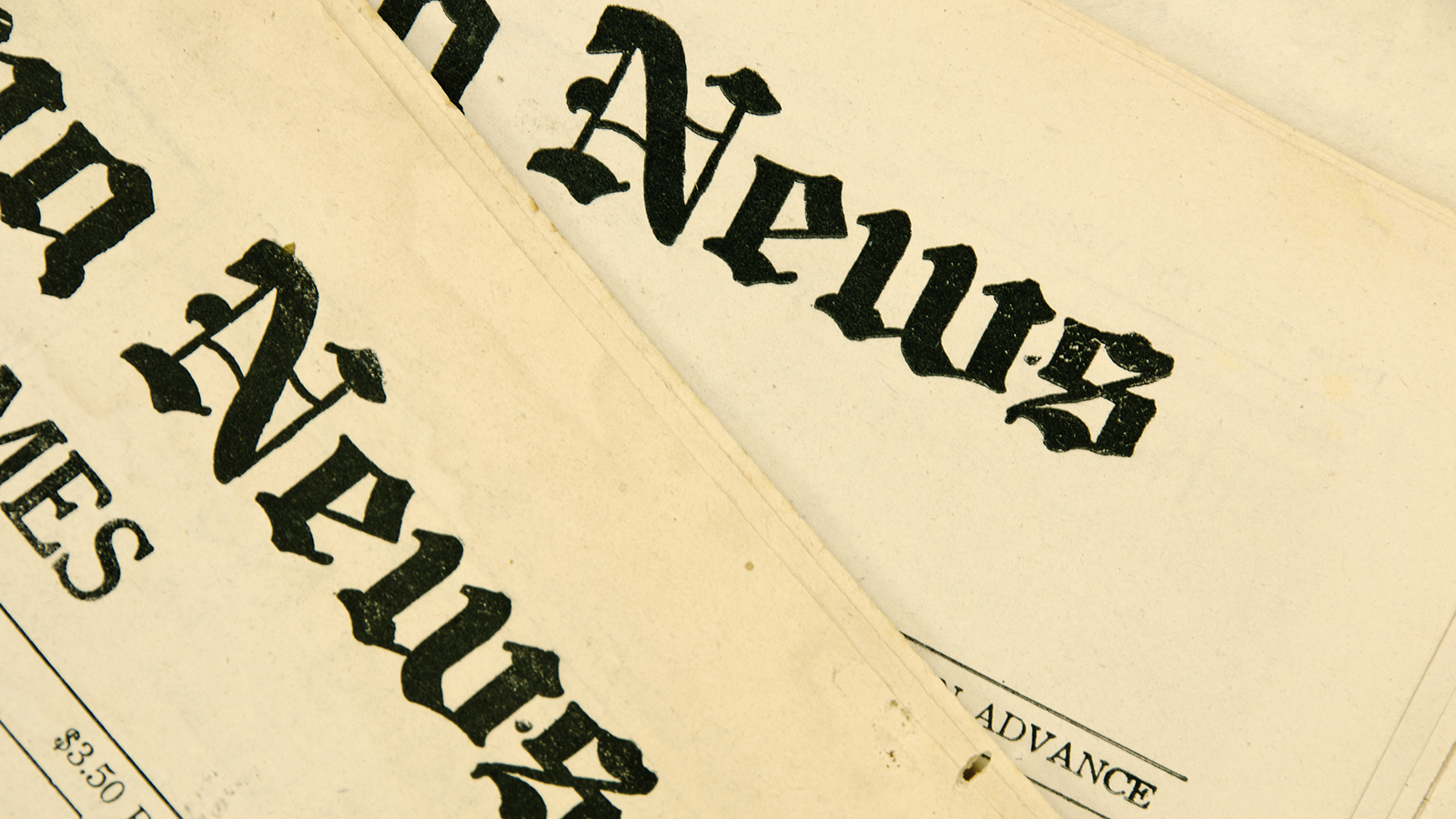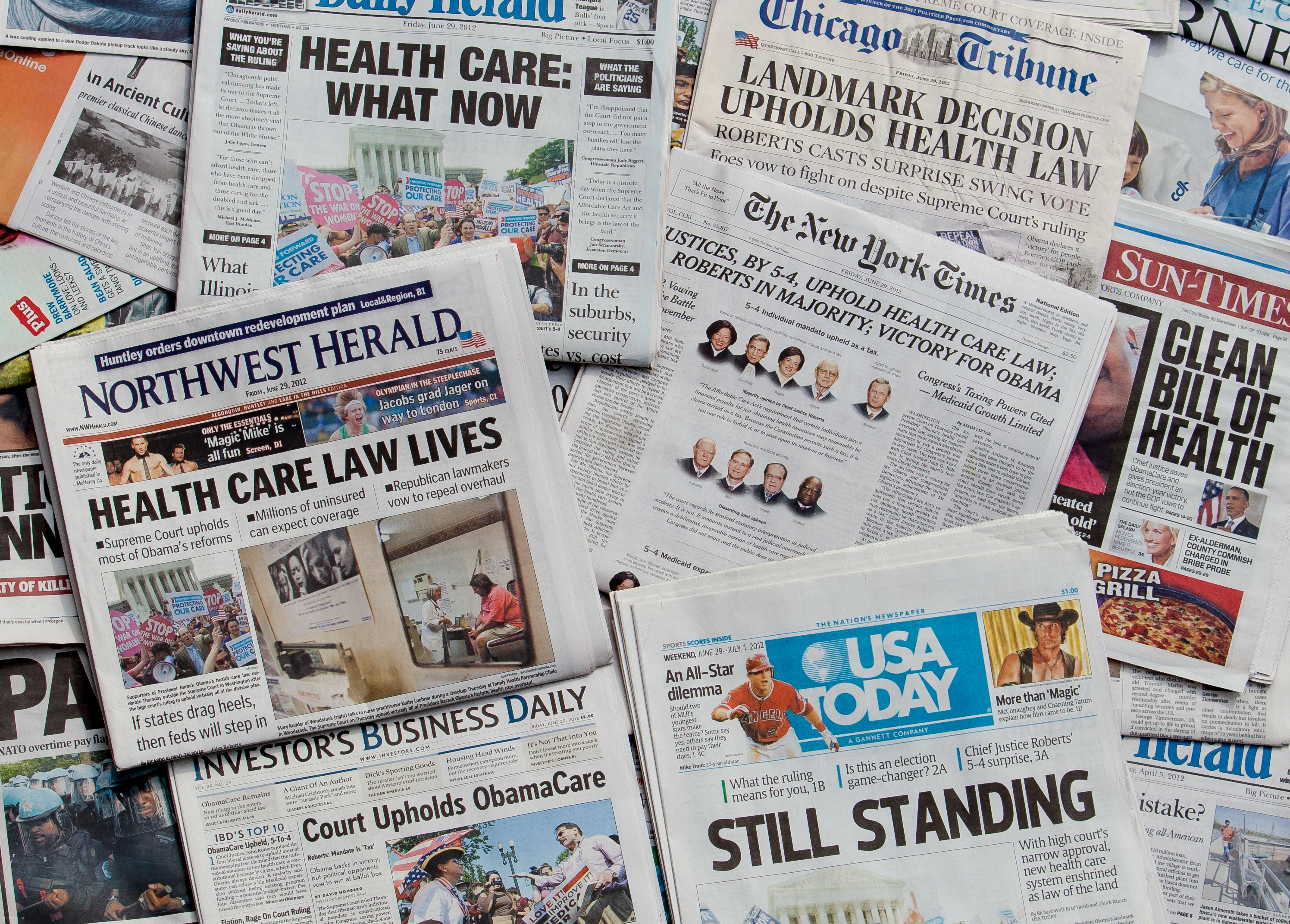
Before the computer revolution, cut and paste required scissors and glue. This method originally required scissors to clip information from a newspaper or magazine and glue so the clipping could be attached to paper and saved, shared, or reprinted. In the twenty-first century, the phrase cut and paste has evolved to describe digital methods of replicating information. As students depend more and more on digital information in the classroom, what are the implications of modern cutting and pasting?
The Nineteenth Century Version of Cut and Paste
The original form of cut and paste began in early nineteenth-century America during an information explosion of print media. As people moved west, new towns were founded, and they required their own newspapers. New technology allowed for cheaper and faster printing, the telegraph enabled news to move quickly across the nation, and the growing railroad system delivered printed publications everywhere. The federal government encouraged this information explosion by exempting newspapers from taxation. Newspaper delivery required lower postal rates. Furthermore, newspaper publishers could mail and swap newspapers with one another with no postage. These exchanges made access to the news free for publishers across the nation.
Editors could literally “cut and paste” stories from other newspapers into their own publication. This free news exchange system was especially popular with small-town newspaper editors, who didn’t employ a large staff of reporters. Editors developed an eye for stories popular with their audience, and some items appeared over and over in publications across the nation. Editors were supposed to attribute the original source; sometimes they did, but often the original sources were omitted or changed. Readers often “cut and pasted” items of interest to share with others or put in scrapbooks for future reference. Sound familiar?

What Does Cut and Paste Mean in the Twenty-First Century Classroom?
Cut and paste has two important applications in the modern classroom. First, cutting and pasting often becomes plagiarism in the classroom. Computer technology makes digital cutting and pasting a quick keyboard function. Students may not even understand this act is plagiarism because copying the words of others and passing them off as their own without attribution is so easy. Plagiarism-detection programs are helpful but deal with a problem after it occurs instead of being proactive. We must take the time to explain, with examples, how copying and pasting without source attribution and quotation marks or paraphrasing is downright cheating. Dedicate time at the beginning of any writing or research project to demonstrate how to attribute sources.
Second, the act of digital cutting and pasting is also related to quoting, liking, favoriting, retweeting, or forwarding digital information on social media or the wider internet without examining its source and purpose. Critical analysis of media is especially important in the autumn of 2020 as we face a presidential election and an international pandemic. We are all “cutting and pasting” information about these and other important issues. Some information is accurate; much of it is not. Misleading and false information often goes viral, infecting the attitudes and decision of millions.

In the Classroom
To instill the essential skill of comparing and contrasting information and deciphering bias, have your students look at the evolution of information distribution during these two centuries. Dedicate time to teaching your students how to locate quality digital stories from the eras, and have your students research how the public interpreted the media. Teach them to ask who is behind information and navigate the web to find the answer. Ask essential questions to guide research, like “Do media sources copy and paste each other?” and “How has the sharing of information changed public reactions to media?”
Excellent resources are available for teaching your students media literacy skills at the Civic Online Reasoning website, by the Stanford History Education Group. Go a step further and get involved in the fifth annual US Media Literacy Week, sponsored by the National Association for Media Literacy Education, scheduled for October 26–30, 2020. Through a deep dive comparing the similarities and differences of cut and paste in these two centuries, your students will build key media literacy and comparison skills.
Enhance your classroom with digital compare and contrast activities
Register for a free 30-day trial of Active Classroom.
Cynthia W. Resor is a social studies education professor and former middle and high school social studies teacher. Her dream job? Time-travel tour guide. But until she discovers the secret of time travel, she writes about the past in her blog, Primary Source Bazaar. Her three books on teaching social history themes feature essential questions and primary sources: Discovering Quacks, Utopias, and Cemeteries: Modern Lessons from Historical Themes; Investigating Family, Food, and Housing Themes in Social Studies and Exploring Vacation and Etiquette Themes in Social Studies.